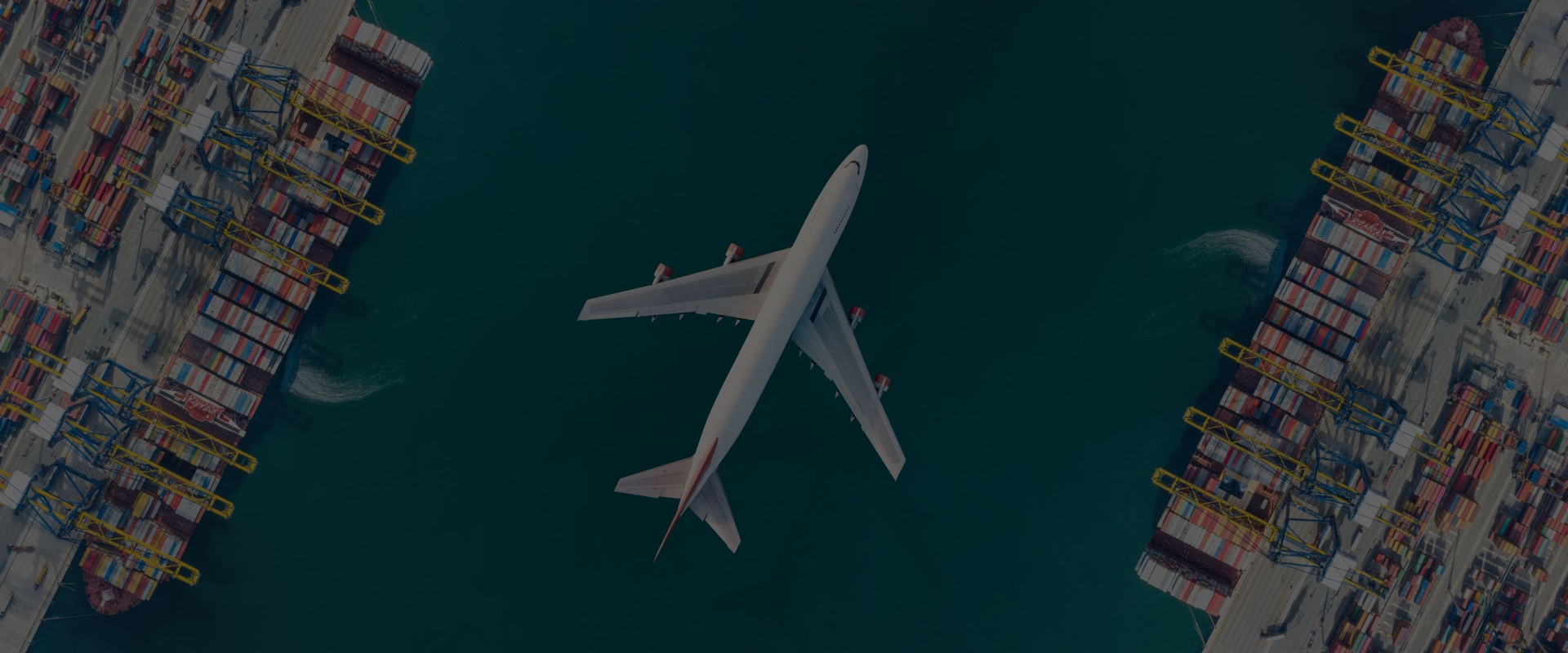
The Rise of Cross-Border Air Freight in Emerging Markets



Emerging markets—ranging from Sub-Saharan Africa and Southeast Asia to parts of Latin America—are fast becoming crucial nodes in the global supply chain. As demand rises for specialized products and new trade lanes open, small to medium-sized enterprises (SMEs) have unprecedented opportunities to tap into new customer bases and sourcing regions.
However, cross-border air freight in these regions presents unique logistical and compliance challenges. With limited infrastructure, fewer flight connections, and fragmented customs processes, a one-size-fits-all strategy doesn’t work. To succeed, SMEs must understand what makes emerging markets different—and plan their freight operations accordingly.
Key Challenges of Cross-Border Air Freight in Emerging Markets
Air freight plays a vital role in reaching geographically isolated or underdeveloped regions, but these advantages often come with complexities that can derail your timeline and budget.
Limited Airport Infrastructure and Capacity
Many emerging markets rely on small or outdated airports that:
- Lack proper cargo handling equipment
- Have fewer cold storage or security capabilities
- Can’t support wide-body aircraft or multiple landings
This limits how and when cargo can move through these regions.
Fewer Flight Options and Unpredictable Schedules
Unlike major hubs, flights into remote or secondary markets are often:
- Infrequent or seasonal
- Subject to last-minute cancellations or delays
- Dependent on local airline capacity
This makes planning lead times especially challenging.
Handling and Cargo Restrictions Due to Local Regulations
Regulations vary widely and may include:
- Prohibited goods lists unique to a country or region
- Special licensing or approvals for commercial imports
- Strict requirements on packaging or documentation
Without expertise, it’s easy to make costly compliance mistakes.
Hidden Costs and Compliance Risks
Beyond logistics, SMEs must prepare for financial and regulatory obstacles that often go unnoticed until it’s too late.
Unexpected Fees and Surcharges
Costs may include:
- Airport handling fees
- Offloading and transfer charges
- Peak season surcharges
These can fluctuate based on fuel, labor, or security protocols.
Customs Delays and Documentation Issues
Inconsistent customs processing can lead to:
- Multi-day delays due to document discrepancies
- Storage or demurrage fees while awaiting clearance
- Fines for incorrect cargo classification
Regulatory Differences Between Countries
Each market may require different:
- Commercial invoices
- Export permits
- Duties and tariffs
Failing to adapt to these can halt shipments or result in confiscation.
How These Factors Affect Your Supply Chain
Cross-border air freight in emerging markets affects more than just shipping—it can ripple through your entire business operation.
Impact on Transit Times and Delivery Reliability
Flight delays, customs holds, and infrastructure bottlenecks make estimated delivery windows hard to guarantee. For businesses with narrow selling windows or just-in-time production cycles, this volatility is a major risk.
Cost Fluctuations and Budgeting Challenges
Without careful planning, unexpected expenses can eat into your profit margins. SMEs often lack the financial buffer to absorb volatile freight costs, which can swing wildly during high-demand periods or crises.
Inventory Planning and Stock Availability
Late deliveries mean missed restocks and idle shelves. On the flip side, ordering too early to avoid delays increases inventory holding costs—especially for temperature-sensitive or perishable items.
Customer Satisfaction and Service Levels
Inconsistent delivery can damage your brand reputation, especially in competitive e-commerce or wholesale environments. Customers are less forgiving if orders arrive late, incomplete, or damaged.
Strategies for SMEs to Succeed in Emerging Market Air Freight
Success in emerging market logistics starts with proactive planning and partnerships. Here’s how SMEs can build resilience into their shipping strategy:
Booking in Advance to Secure Routes and Rates
Air cargo capacity is limited in these regions—especially during peak seasons or holiday periods. Booking early helps you lock in better rates and reserve space before demand spikes.
Working with Experienced Freight Forwarders
Freight forwarders who specialize in developing markets can help you navigate customs, avoid common pitfalls, and offer route alternatives when disruptions arise. iContainers is one such partner, providing tailored solutions for remote air freight and cross-border shipping.
Leveraging Multi-Modal Transport Solutions
Combining air freight with rail or ground transport (especially for the last mile) can offer more flexible, cost-effective delivery. For example, flying to a nearby hub and trucking across the border may cut both time and costs.
Using Real-Time Tracking and Monitoring Tools
Invest in shipment visibility tools that let you monitor cargo movement, weather disruptions, and customs status. This enables faster decision-making and better communication with stakeholders.
Leveraging Technology for Risk Mitigation
Technology can help SMEs punch above their weight in cross-border logistics—especially when managing risk and compliance.
Predictive Analytics for Demand and Route Planning
Advanced analytics tools help forecast demand spikes, identify the most reliable shipping lanes, and optimize inventory flow. This is critical for minimizing wasted capacity or stockouts.
Digital Tools for Compliance and Documentation
Digital platforms streamline documentation like commercial invoices, packing lists, and certificates of origin. They also reduce the risk of errors and accelerate customs clearance in countries with evolving e-customs systems.
IoT and Cargo Visibility Solutions
IoT devices provide real-time data on cargo conditions—temperature, humidity, shocks—especially useful for sensitive goods like electronics or pharmaceuticals. These tools also add a layer of accountability across complex supply chains.
Turning Challenges into Opportunities
Emerging markets offer growth, but they also demand flexibility, foresight, and expertise in logistics. The complexities of cross-border air freight—from infrastructure limits to regulatory ambiguity—can feel overwhelming without the proper support.
But with a strategic approach and a reliable freight partner, SMEs can not only overcome these challenges—they can thrive. By booking early, embracing tech-driven visibility, and working with experienced logistics providers, your business can access new markets while keeping risk and cost under control.
Looking to ship smarter into emerging markets? Talk to the experts at iContainers and see how we can help you succeed where others get stuck.
- 1. Key Challenges of Cross-Border Air Freight in Emerging MarketsLimited Airport Infrastructure and CapacityFewer Flight Options and Unpredictable SchedulesHandling and Cargo Restrictions Due to Local Regulations
- 2. Hidden Costs and Compliance RisksUnexpected Fees and SurchargesCustoms Delays and Documentation IssuesRegulatory Differences Between Countries
- 3. How These Factors Affect Your Supply ChainImpact on Transit Times and Delivery ReliabilityCost Fluctuations and Budgeting ChallengesInventory Planning and Stock AvailabilityCustomer Satisfaction and Service Levels
- 4. Strategies for SMEs to Succeed in Emerging Market Air FreightBooking in Advance to Secure Routes and RatesWorking with Experienced Freight ForwardersLeveraging Multi-Modal Transport SolutionsUsing Real-Time Tracking and Monitoring Tools
- 5. Leveraging Technology for Risk MitigationPredictive Analytics for Demand and Route PlanningDigital Tools for Compliance and DocumentationIoT and Cargo Visibility Solutions
- 6. Turning Challenges into Opportunities
Related Articles

How AI Is Transforming Freight Forwarding for Air and Ocean Shipping

How AI Improves Transit Time Prediction in Air and Ocean Freight
